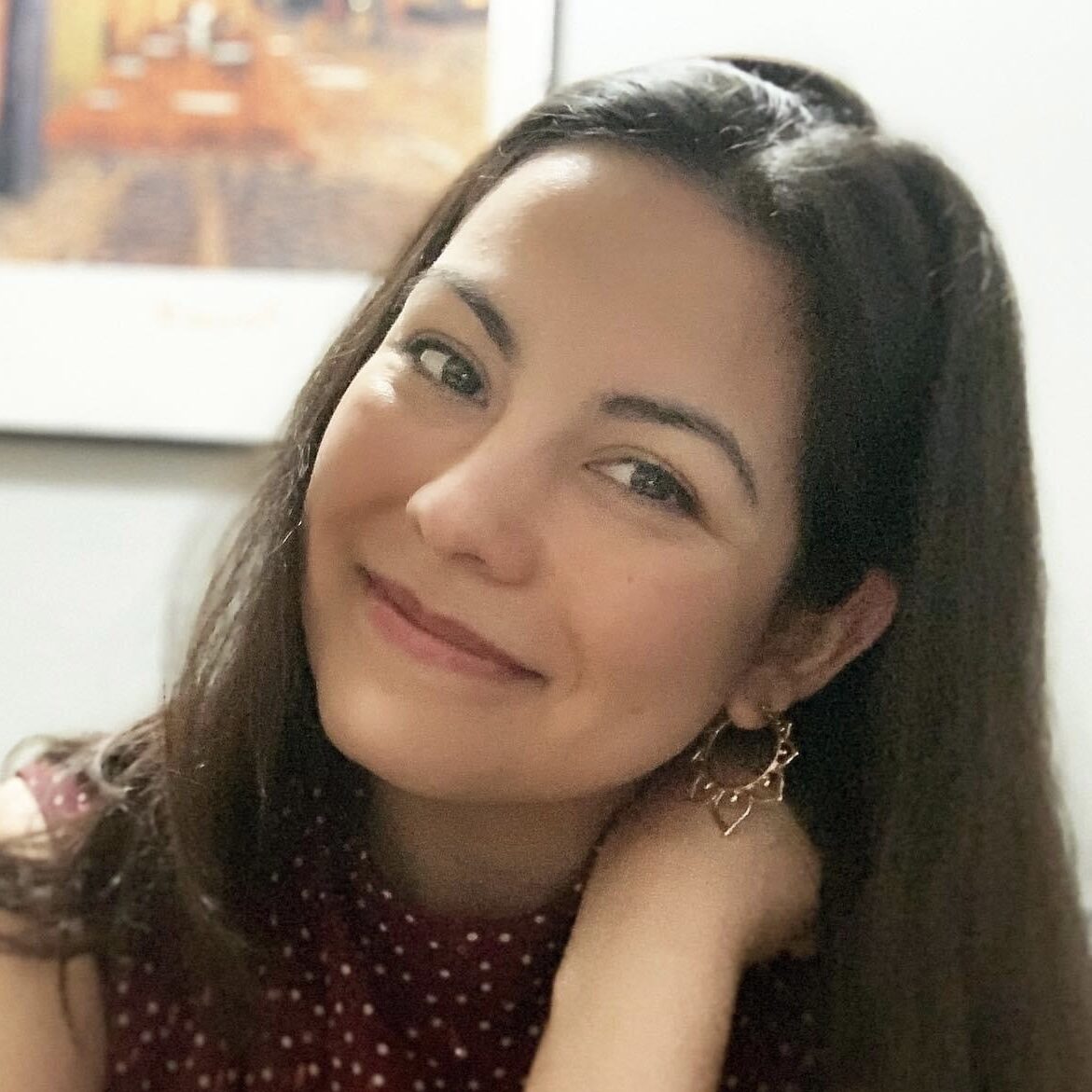By Stephi Cham | June 2023

“I have been inspired.”
— Clarissa Grayson, music therapist at Houston Methodist Clear Lake
Clarissa Grayson did not always know she wanted to become a music therapist. In fact, she began her academic career as an undergraduate vocal performance major at the University of Texas. Her experiences with shadowing board-certified music therapists, meeting with Center for Music Therapy founder Hope Young, and working as a therapist’s assistant introduced her to the field of music therapy.
“I decided quickly that music therapy is what I wanted to do,” Clarissa says.
After completing her master’s degree in music therapy at Maryville University and internship at Seasons Hospice in Missouri, she worked at Brookdale Hospice (now St. David’s Hospice). Clarissa wanted to come to Houston Methodist because of the music therapy department’s excellence, so as soon as she saw a job opening, she applied.
“I wanted to take that chance.”
And it paid off. In late May 2023, Clarissa started working as a music therapist at Houston Methodist Clear Lake. With her passion and experience, she has already collected special moments with staff and patients.
Clarissa, like other CPAM (Center for Performing Arts Medicine) creative arts therapists, takes a patient-centered approach. In her work, she most often uses the iso principle—matching music stimuli to someone’s current state and modifying it gradually and carefully to bring about a change.
“It’s awesome to notice how music can energize us during workouts or heavier chores,” Clarissa says. “On the opposite end of things, it’s helpful to have calming music for your downtime, for anxious pets or for sleeping.”
For a patient in crisis or dealing with acute disease, this musical influence requires individualized and careful consideration. The music therapists draw upon their training and knowledge of the patient to adjust music stimuli appropriately and minimize potential harm. To do this, Clarissa spends much of her clinical time getting to know patients’ personal and musical histories and building connections.
“My main target for working here is developing a program that is healthy for all involved,” she says. “I want to continue the Methodist culture of teamwork that prioritizes the patient’s experiences and goals and that provides platforms for their autonomy where appropriate.”
This comes as no surprise to those who know her. As she spoke to me, she exuded warmth and passion, then thanked every person in the room before she left. She spoke excitedly of her plans for bringing music therapy to Houston Methodist Clear Lake, where music therapy is a new service. Her excitement continued as she discussed what she has learned in the few weeks she has spent here, crediting a long, detailed list of team members.
“I feel rich having such a large professional team of music therapists to reach out and ask for help,” Clarissa says. “I can tell this program is a place to grow, learn, progress and expand. I have been inspired.”